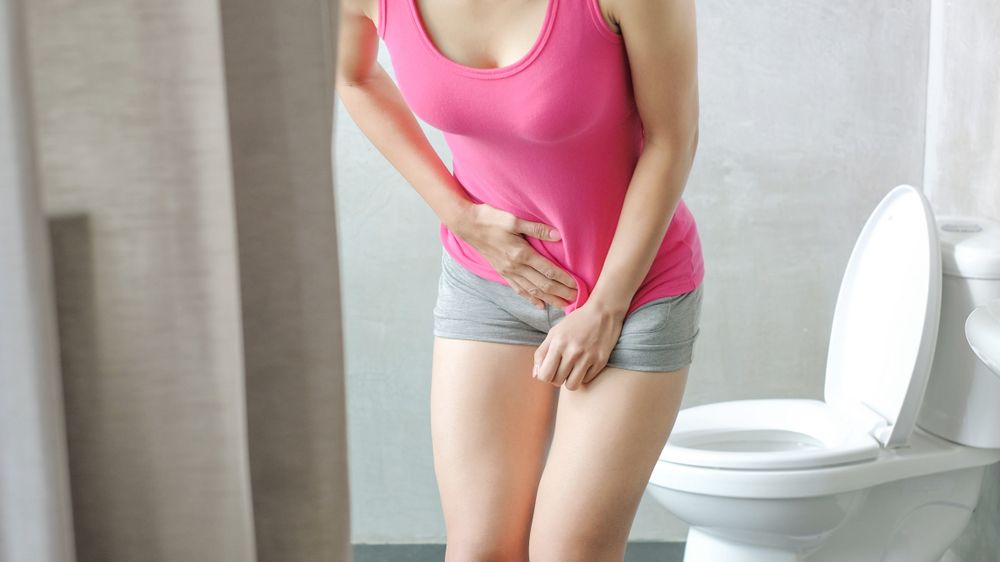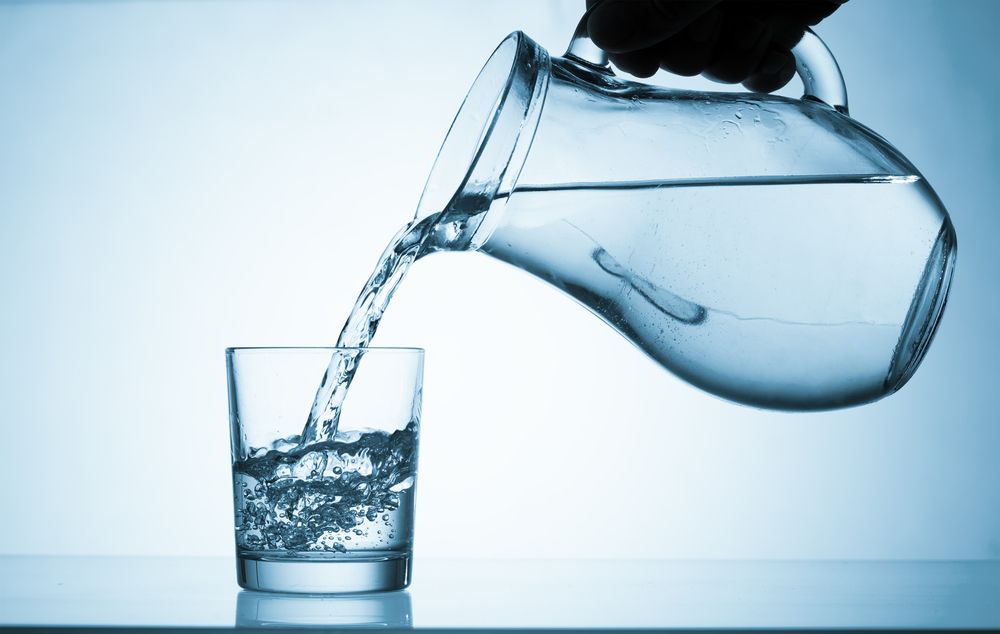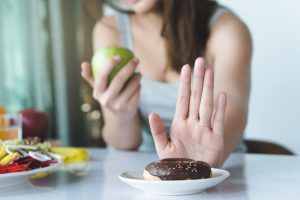A bladder infection is the most common form of urinary tract infection. (Learn More – Bladder Infections)
You can sometimes address a bladder infection at home. (Learn More, Home Treatment for Bladder Infections)
Start with over-the-counter medications for pain.
Drink plenty of fluids to flush your bladder and remove bacteria. (Learn More – Drink Plenty of Water)
Don’t hold your urine. Try to urinate more frequently, as this can also help to flush bacteria out of your system.
Heating pads can reduce pain. Tight clothing can exacerbate the infection, helping bacteria to multiply. Opt for loose clothing instead.
Consuming cranberries might be an effective way to rid your bladder and urinary system of bacteria. Pay attention to your diet as well.
There are precautions you can take to prevent future bladder infections. (Learn More – Other Things You Can Do at Home)
Preventative measures work best. (Learn More – Prevention)
Bladder infections
The most common type of urinary tract infection (UTI) is a bladder infection. This occurs when bacteria enter the urethra and moves into the bladder.
Symptoms of a bladder infection include pain while urinating, cloudy urine, abdominal cramping, and a sudden urge to urinate but producing little urine.
Many times, bladder infections are minor and resolve on their own. But if they are left untreated, the infection can spread to your kidneys and increase the risk of a life-threatening situation. Therefore, it is vital to be mindful of early symptoms and consult with a physician immediately.
While physicians will often prescribe antibiotics, some bladder infections can be treated at home — but always check with your doctor first.
Home Treatment for Bladder Infections
There are several steps you can take at home to address a bladder infection.
- Use over-the-counter pain relievers. Often, the use of simple analgesics like Tylenol (acetaminophen) or nonsteroidal anti-inflammatory drugs like ibuprofen (Advil) are enough to control the pain and discomfort associated with bladder infections. If you need antibiotics, your physician can prescribe them to you.
- Drink plenty of water. Water will help to flush out bacteria from your bladder, helping to clear the infection.
 Water also dilutes your urine, making urination far less painful. Diluted urine is typically lighter in color, while darker urine is denser and more painful to pass when the bladder is infected. Drink 8 to 10 glasses of water a day.
Water also dilutes your urine, making urination far less painful. Diluted urine is typically lighter in color, while darker urine is denser and more painful to pass when the bladder is infected. Drink 8 to 10 glasses of water a day. - Urinate more frequently. Do not hold your urine. This allows the bacteria to multiply in your bladder. Urinating as often as possible can move the bacteria out of your bladder. Urinate immediately after sex.
- Use heating pads. Placing a heating pad across your stomach or back can soothe the pain associated with a bladder infection. You can also make a moist warm compress by soaking a small bath towel in warm water and placing it over your bladder or stomach.
- Wear loose clothing and underwear. Tight pants or underwear can trap moisture in delicate areas and put pressure on your abdomen and bladder. This can lead to bacteria breeding and re-entering the bladder.
Wear loose clothing to increase circulation, lessen pressure, and avoid the conditions that allow bacteria to thrive. - Try cranberries. Research suggests that cranberries may contain substances that attach to the bladder wall and urethra,making it difficult for bacteria to attach. However, studies are not conclusive that drinking cranberry juice alone is effective.
While research is mixed on whether cranberry juice can prevent or treat a bladder infection, it can’t hurt. - Consume a diet that induces less acidity. An acidic diet may increase the risk of developing bladder infections or UTIs. Research suggests that bacteria have difficulty surviving in urine that is less acidic.
 The following foods tend to produce more acidity in your blood and urine:
The following foods tend to produce more acidity in your blood and urine:
- Sugar
- Processed foods
- Grains
- Processed meat
- Fish
- Sugary drinks like soda and other sweetened beverages
Other Things You Can Do at Home
- Take showers instead of baths. Baths can increase the risk of developing a UTI or bladder infection, primarily when using fragranced soaps or bubbles. While both men and women benefit from swapping baths with showers, the approach is more effective in women.
- Change your underwear every day.
- Wear cotton underwear, so moisture is absorbed.
- Women should avoid using douches or vaginal sprays, as these may spread bacteria.
- To avoid spreading bacteria, women should wipe themselves from front to back after using the restroom.
- Men should use non-spermicidal lubricated condoms.
Prevention
As always, prevention is the best cure. Drink plenty of fluids, practice good hygiene, and consult with your physician at the first sign of a bladder infection.
References
Bladder Infection (Urinary Tract Infection – UTI) in Adults. (March 2017). National Institute of Health.
Urinary Tract Infection (UTI). (January 2019). Mayo Clinic.
Can Cranberry Juice Stop Your UTI?. (October 2015). Cleveland Clinic.
Everything You Need to Know About Urinary Tract Infection. (August 2017). Healthline.
Everything You Need to Know About Bladder Infection. (March 2017). Medical News Today.




